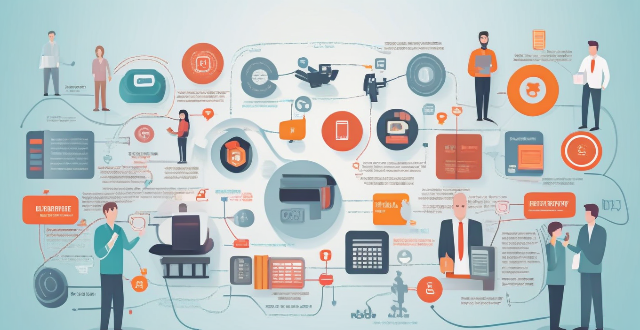Huawei has formed numerous partnerships and collaborations in telecommunication technology, spanning research and development, standard setting, network deployment, technology alliances, and educational initiatives. These collaborations involve global universities, industry giants, standard-setting bodies, telecommunications carriers, national infrastructure projects, technology consortia, and educational institutions. Huawei's approach to advancing its telecommunication technology is multifaceted, aiming to drive innovation and progress in the field through collaborative efforts.

Huawei's Partnerships and Collaborations in Telecommunication Technology
Huawei, a leading global provider of telecommunications equipment and services, has formed numerous partnerships and collaborations to advance its telecommunication technology. These collaborations span various sectors including research and development, standard setting, network deployment, and more. Here are some key examples:
Research and Development Collaborations
- Huawei Innovation Research Program (HIRP): Huawei launched the HIRP in 2019 to collaborate with global universities and research institutions on cutting-edge technology research in fields such as artificial intelligence, 5G, and cybersecurity.
- Collaboration with Industry Giants: Huawei has partnered with industry leaders like Intel, Qualcomm, and Microsoft to jointly develop new technologies and products for the telecommunications sector.
Standard Setting and Regulatory Bodies
- 3GPP and ETSI: Huawei is an active member of standard-setting bodies like the 3rd Generation Partnership Project (3GPP) and the European Telecommunications Standards Institute (ETSI), contributing to the development of global communication standards such as 5G.
- Global Mobile Broadband Forum (MBBF): Huawei participates in the MBBF to discuss and shape the future direction of mobile broadband technology.
Network Deployment and Infrastructure
- Telecommunications Carriers: Huawei has established partnerships with telecommunications carriers worldwide, such as Vodafone, Telefónica, and China Mobile, to deploy advanced networks including 4G and 5G infrastructure.
- National Infrastructure Projects: In countries like Brazil and India, Huawei has been involved in large-scale national projects to expand and upgrade their telecommunications infrastructure.
Technology Alliances and Consortia
- O-RAN Alliance: Huawei is part of the Open Radio Access Network (O-RAN) Alliance, which aims to foster an open and intelligent RAN ecosystem through collaboration among industry stakeholders.
- GSMA: As a member of the GSMA (Groupe Speciale Mobile Association), Huawei contributes to the development of policies and initiatives that promote the growth of mobile industries globally.
Educational and Talent Development Initiatives
- Huawei ICT Academy: This program partners with educational institutions to train students and professionals in information and communications technology (ICT) skills, ensuring a pipeline of talent for the telecommunications industry.
- Scholarships and Grants: Huawei offers scholarships and grants to support research and innovation in telecommunication technologies at universities and research institutions around the world.
Conclusion
Huawei's approach to advancing its telecommunication technology involves a multifaceted strategy of partnerships and collaborations across various domains. By working together with academic institutions, industry leaders, regulatory bodies, and more, Huawei continues to drive innovation and progress in the dynamic field of telecommunications.